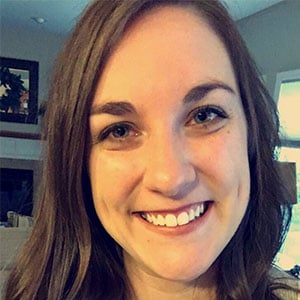Important Changes in the Student Loan Forgiveness Program and What They Mean for Borrowers
What you need to know, and how it impacts you


In late summer 2021, less than 2% of all Public Service Loan Forgiveness (PSLF) program applicants for student loan forgiveness had been approved. For those working for non-profit entities, such schools, hospitals, state government, municipal entities, and other public-serving agencies, this proved to be frustrating.
While the criteria for the PSLF seems relatively straightforward, most who apply for forgiveness are denied. And, there are still more than 11 million borrowers making payments on their Federal Family Education Loans (FFEL) with balances reaching nearly $250 billion, though loans haven’t been federally backed through this program since 2010, according to Forbes.
However, a new, temporary waiver for federal student loan forgiveness programs could eliminate loan burdens for nearly half a million borrowers. Here’s a look at who qualifies, what the changes are, and what to do if you need help paying student loans.
Who qualifies for the Public Service Loan Forgiveness program?
PSLF was introduced in October 2007. Until the most recent changes were announced, you must have met the following criteria to qualify for the PSLF program:- Must have made 120 qualifying payments on Direct loans (Private loans are ineligible)
- On time
- In full
- While working full time (at least 30 hours per week on average) for an eligible employer
- Through an income-based repayment plan
FFEL loans have always been excluded, unless first consolidated into a Direct loan. And even if you had Direct loans, anyone repaying through an ineligible plan was still denied forgiveness through the PSLF program - until the Biden administration created the temporary window of opportunity.

Changes to the public service loan forgiveness program
In October 2021, the U.S. Department of Education temporarily suspended many of the requirements that made PSLF difficult to pursue for borrowers. This means that those who had been previously ineligible for PSLF could re-apply for forgiveness and are more likely to be approved. In a nutshell, if you never consolidated your old FFEL loans into the Direct program, or if you’ve been repaying through an ineligible plan all along, this could be your lucky day, because the PSLF program will temporarily consider such applicants.
Another change is that if you’ve made more than 120 payments on a Direct loan, you may receive a refund for extra payments.
How to re-apply for PSLF
If you’re a non-profit worker, first consolidate your FFEL and/or Perkins loans into the Direct loan program before October 31, 2022.
You can also complete step two if:
- You had Direct federal loans but were considered ineligible because you were making payments through an ineligible repayment plan.
- You no longer work for an eligible employer but already made 120 payments on a Direct loan while working for a qualified non-profit.
- If you’ve previously applied for PSLF but been denied, the DOE will automatically re-evaluate your application.
- If you failed to include previous employers who would have been considered eligible because you knew you failed to meet other criteria, you should file a new PSLF application to receive credit for the early period. Note: this only goes back to 10/1/2007.

What to do if you need help paying student loans
A student loan forbearance period was introduced right at the start of the pandemic, suspending payments for federal student loan holders. This allowed many borrowers to stay current on other debt or financial obligations. However, when the period ends on January 31, 2022, experts worry that a wave of missed payments could follow for all types of loans, from credit cards to auto loans to mortgages.
